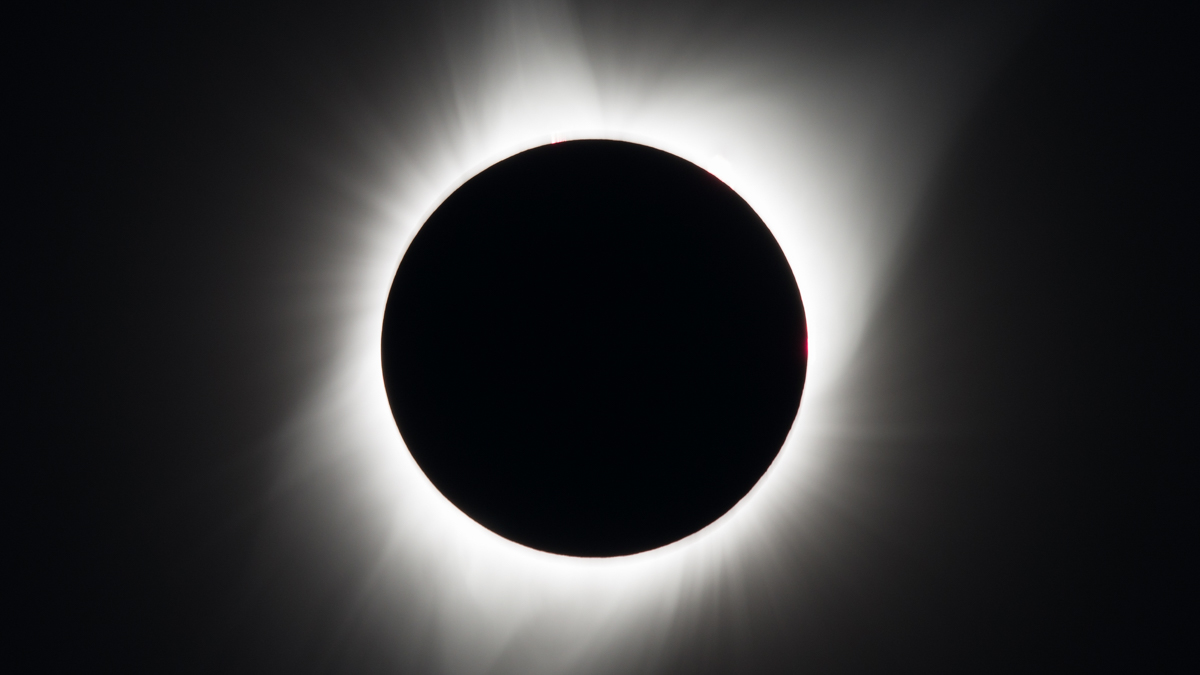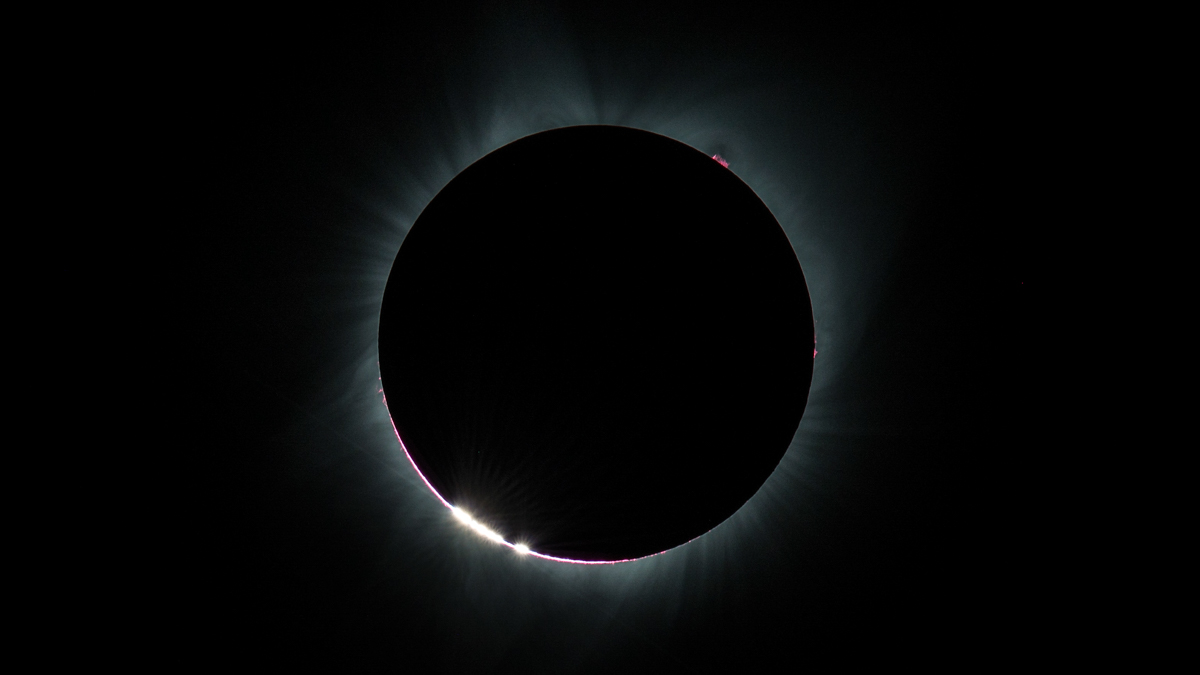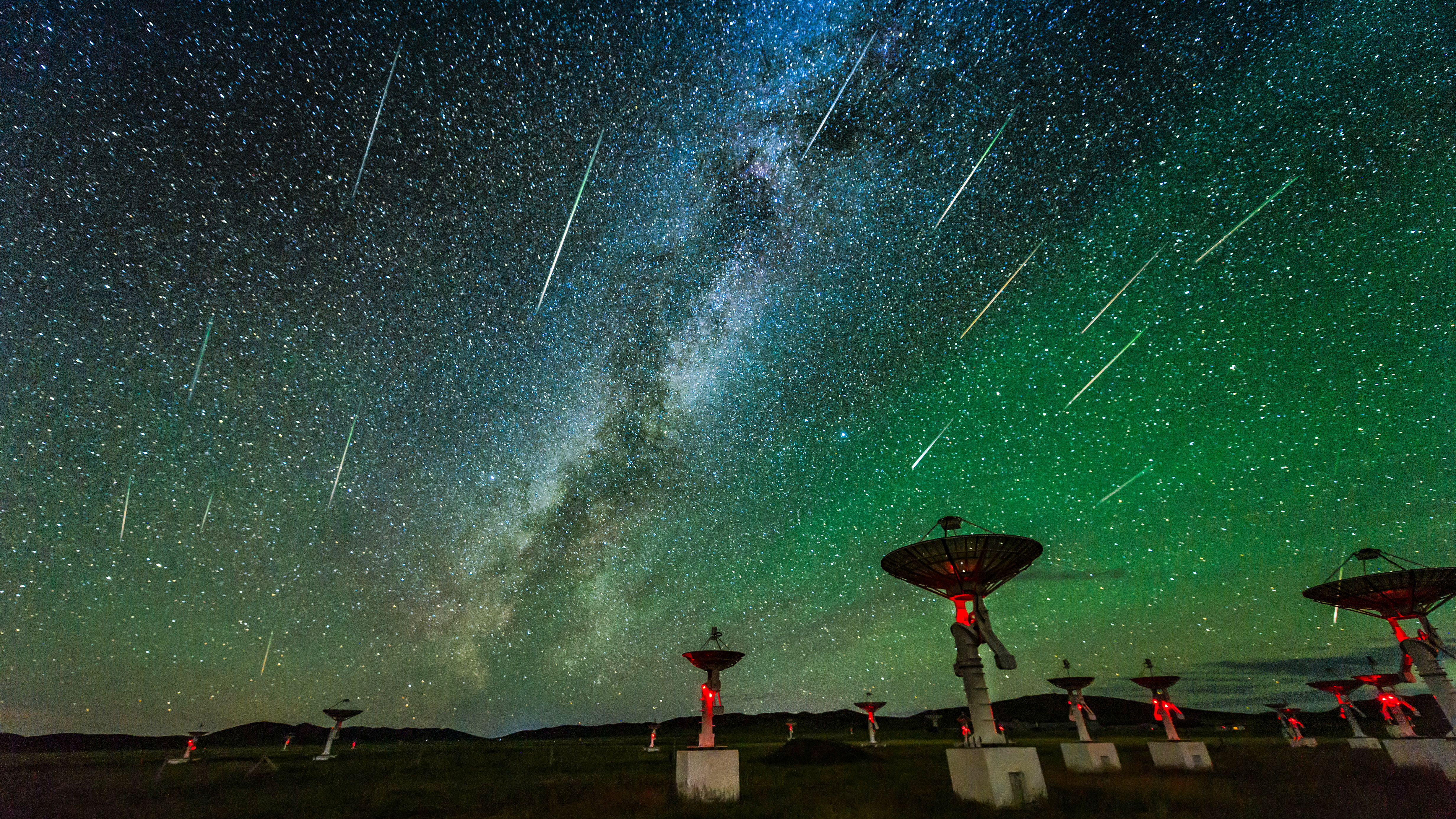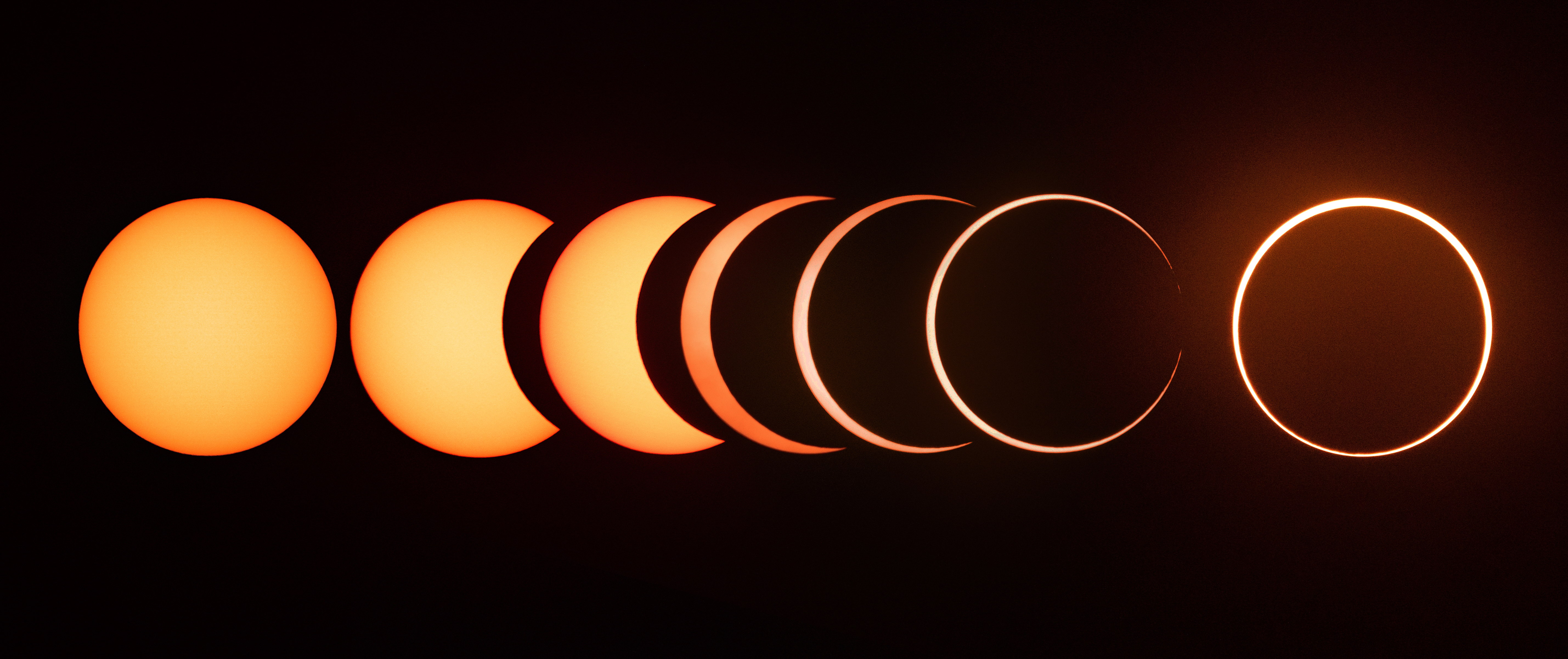
Surprise comets, unusual displays of aurora and astronauts’ toolbags being dropped into orbit are sky events no one can predict. Still, some events can go into an astrophotographer’s diary well in advance.
Over the next 12 months, everything from exciting eclipses and planetary oppositions to moonless meteor showers and a couple of bright comets could make 2024 an unforgettable year in the skies above.
Here’s everything you need to know about the night sky in 2024:
1) January 08 – Crescent moon meets Venus and Mercury
The astrophotographical year begins with the classic site of a slender, 11%-lit waning crescent moon sliding close to the brightest planet in the sky. The only catch is that you’ll need to be up before dawn to catch it. The following morning, it will be just 5% lit and be close to Mercury, but lower in the sky. Look southeast.
Read: When to photograph the moon
2) March 25 – Penumbral lunar eclipse
Although overshadowed by the solar eclipses that precede or follow them, even slight lunar eclipses are a great chance to capture unusual images of our natural satellite. From North America, the event peaks at 03:12 EST, while from the UK, the best view will come between 04:53 and 06:03 GMT before the moonset ends the spectacle.
Read: The best binoculars
3) April 21 – Comet 12P / Pons-Brooks
Comet hunting is a niche of astrophotography that will explode this year if predictions come true. This comet, known since 1812, will be at its brightest on 21 April if it survives its loop around the sun. Another highlight could be 12 April, when it will be very close to Jupiter.
Read: Astrophotography: How-to guides, tips and videos
4) April 08 – Total solar eclipse

On this day, one of the most stunning natural events will happen in North America. The sky will turn dark for a few minutes, and an army of astrophotographers will turn their lenses skywards to capture the ‘hole in the sky’ – a totally eclipsed sun. However, this will be an event best planned as far in advance as possible. The stunning sight can only be witnessed from within the path of totality, a 115-mile-wide zone that covers parts of northern Mexico, 15 states in the U.S., and five provinces in Canada.
Read: Why you need to plan now to photograph 2024’s ‘Great North American Eclipse’
5) August 12-13 – Perseid meteor shower

The most popular meteor shower of the year and well known for producing bright meteors, the peak of the Perseids will, in 2024, once again take place under dark, moonless night skies. Plan an all-nighter for this one; the Milky Way will also look its very best of the year.
Read: How to photograph a meteor shower
6) October 02 – ‘Ring of fire’ annular solar eclipse

If you’ve caught the eclipse bug, get to Easter Island or southern Patagonia in Chile and Argentina – all incredible places for landscape photography – to witness a ‘ring of fire’ annular solar eclipse. You’ll need solar filters for you and your camera at all times, but expect a ‘ring of fire’ that lasts 6 minutes 9 seconds on Easter Island and up to 6 minutes 26 seconds in South America.
Read: 7 ways to photograph the solar eclipse with your smartphone
7) September 17-18 – Partial lunar eclipse
Not only will September’s full moon be the first supermoon of 2024, but for those in Europe, Africa and the Americas, it will be 8% eclipsed. An image of the moon with an odd-looking reddish chunk taken from it will be highly prized, mainly because it occurs between 03:12 and 04:14 on 18 September in the UK, while in the US it will happen at a more convenient 22:12-23:15 EST on 17 September.
Read: How to photograph the full moon
8) September 08 – Saturn at opposition
On this date, Saturn will be at its most prominent, and its disk will be 100% illuminated as seen from Earth, as it passes between the sun and our planet. This will be the best time to observe and image the sixth planet’s rings – and the last chance for a short period. Our view of Saturn’s rings waxes and wanes over that planet’s 29 Earth-year orbit, and in 2025, we’ll get a side-on view. They won’t be open to their maximum extent again until 2032.
Read: Best deep-space telescopes
9) October 13 – Comet C/2023 A3 (Tsuchinshan-ATLAS)

A new comet called Comet C/2023 A3 (Tsuchinshan-ATLAS), only discovered in January 2023, looks set to be visible in the sky before sunrise in late September. It’s got the potential to become a naked-eye object, but even if that doesn’t come to pass, astrophotographers will be out in force on 13 October to catch it at its predicted brightest.
Read: The best star tracker camera mounts
10) December 06 – Jupiter at opposition
With Earth between it and the sun, Jupiter will be at its most prominent and brightest in early December, during which it will shine for the longest, rising at dusk and setting at dawn. Entirely illuminated from our point of view for a few weeks on either side, it’s the perfect time to observe its Great Red Spot, pinkish cloud bands, and four giant Galilean moons.







